(CLO) M'Lieng ancient village is located on the shore of Lak lake, the largest freshwater lake in the Central Highlands. Here, there are people who are devoted to preserving the national culture, especially Mr. Y Ve Lieng, M'Lieng 1 village, Dak Lieng commune, Lak district, Dak Lak province.
In the past, to get to the ancient village, people had to wait for new ferries to enter. Now, the asphalt road is smooth from the national highway to the village, the people's life is warm and prosperous with 2 harvest seasons. Right at the beginning of the village is a majestic communal house, behind is a giant banyan tree spreading its canopy to shade a large area of land, the graves appear and disappear among the trees, the people here also call it the forest of grave jars.

M'Lieng Village Cultural Conservation House
We visited the family of veteran Y Ve Lieng one afternoon, who is always dedicated to his work and also has a great love for the M'nong ethnic culture.
In the old house, which has been decrepit over time, he enthusiastically told us the story of his life. In 1988, after being discharged from the army, he returned to M'Lieng 1 village to live and work on the farm with his wife. In 1997, he was elected Chairman of the Veterans Association of Dak Lieng commune. In 2007, he resigned from the position of Chairman of the Veterans Association of Dak Lieng commune and returned to the role of Secretary of the M'Lieng 1 village Party cell until 2017.
He could not hide his pride and told us in a deep voice, when asked about the ancient village of M'Lieng (divided into M'Lieng 1 and M'Lieng 2) where he lives, if in the past, to get to M'Lieng village, one had to wait for ferries across Lak Lake, now one can ride a motorbike on the straight concrete road connecting M'Lieng village with National Highway 27.
According to the staff of the Department of Culture , Sports and Tourism of Dak Lak province: In April 2006, the Ministry of Culture, Sports and Tourism allowed the Department of Culture, Sports and Tourism of Dak Lak to implement the Project to Preserve the M'Lieng Ancient Village, which was selected by the Ministry of Culture, Sports and Tourism as the only ancient village on the Dak Lak plateau, to implement the project to preserve the traditional culture of M'Lieng with the goal of building and preserving the M'Lieng village with all the tangible and intangible cultural values of the M'Nong R'Lam people.
This place is like a wild and ancient Central Highlands of hundreds of years ago, containing the traditional cultural values of the M'Nong R'lam people. In particular, the people of M'Lieng village are extremely proud because in the campus of the village's Community Cultural House, there still exists an ancient banyan tree over 200 years old, which was announced by the Provincial Association for Nature and Environment Protection and affixed with a sign "Preserving ancient trees" at the end of July 2017.

The over 100 year old jars of Mr. Y Ve Lieng's family
As we continued talking, the afternoon sun shone through the bamboo walls of the long house, casting its rays on the wooden floor. In the house, there were many baskets, big and small, neatly hung, woven by the old man himself.
He said that since he was little, whenever he saw adults weaving baskets, he would sit and watch attentively. At the age of 15, he was able to weave beautiful baskets himself. To this day, he still occasionally weaves baskets for his family and children to use.
Besides, we observed that on the wall of his house there were 10 jars neatly arranged. He said that jars are precious objects of the M'nong people, often used in festivals, especially the M'nong people have a concept that after using jars, they must be washed and dried in the sun before being stored.
Among his family's 10 jars, there are jars that are nearly a hundred years old. He carefully cleans them every day to keep them free of dust. He only takes them out to use when there is a festival.
The deep and high sounds of gongs captivated him, not only preserving the "soul" of the nation, he also had a passion for gongs. He decided to learn to play gongs from a very young age and now, he has become a "veteran" gong player of M'Lieng village, part of the village's gong team participating in performances with other villages in the Central Highlands.
His family still keeps a set of gongs, but he himself does not remember exactly how old they are, he only knows they were from his great-grandmother's generation. Every year, his family's gongs and jars are used for festivals in the village or important holidays of family members.
For him, gongs are sacred objects of the family and the nation, so he always tells his children and grandchildren to preserve them carefully and absolutely not to sell them. According to him, currently M'Lieng village has about 8 sets of ancient gongs that are 100-200 years old. Besides, over 90% of the houses in the village are long houses of the M'nong people and many households in the village still keep gong sets, buffalo skin drums, kpan chairs...

The banyan tree over 200 years old has a sign "Preserving ancient trees"
Recalling the ups and downs of war, he confided, I want to spend time with the fields and my family. I want to weave baskets for my wife and children to go to the fields. I want to play gongs and teach gongs to the children in the village, so that the traditional culture that our ancestors left behind will not be lost, and will live forever in the M'nong community, no matter how society changes.
Source: https://www.congluan.vn/dak-lak-nguoi-con-buon-lang-cogin-giuvan-hoa-dan-toc-post328512.html



![[Photo] National Assembly Chairman Tran Thanh Man holds talks with South Korean National Assembly Chairman Woo Won Shik](/_next/image?url=https%3A%2F%2Fvphoto.vietnam.vn%2Fthumb%2F1200x675%2Fvietnam%2Fresource%2FIMAGE%2F2025%2F11%2F20%2F1763629724919_hq-5175-jpg.webp&w=3840&q=75)



![[Photo] President Luong Cuong receives President of the Senate of the Czech Republic Milos Vystrcil](/_next/image?url=https%3A%2F%2Fvphoto.vietnam.vn%2Fthumb%2F1200x675%2Fvietnam%2Fresource%2FIMAGE%2F2025%2F11%2F20%2F1763629737266_ndo_br_1-jpg.webp&w=3840&q=75)






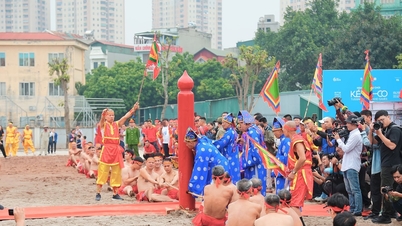
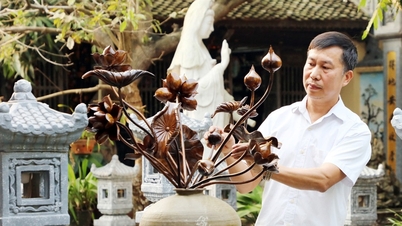



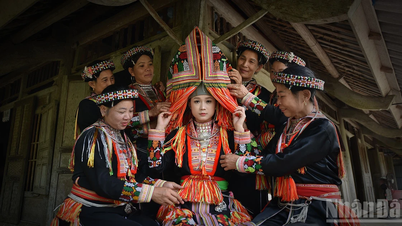




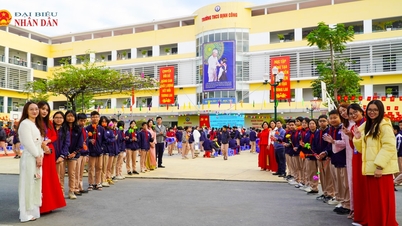




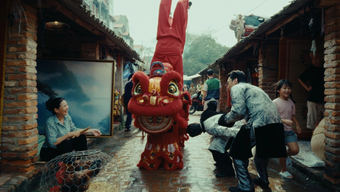





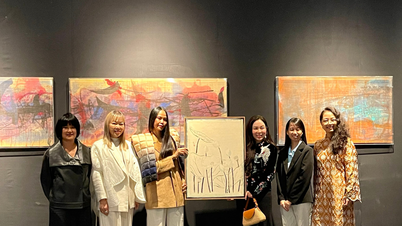
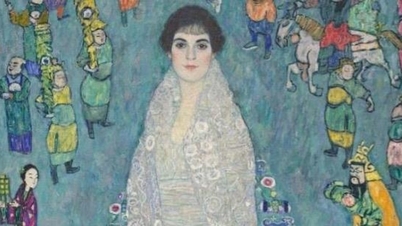



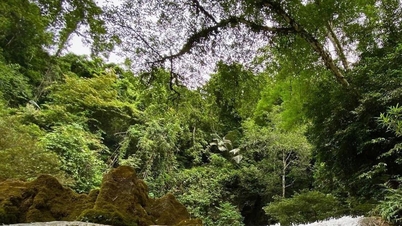


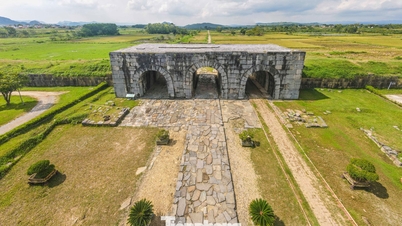

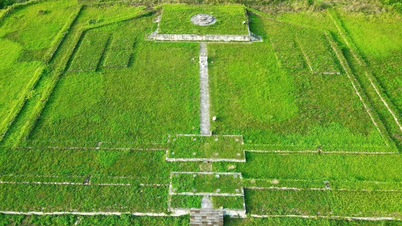
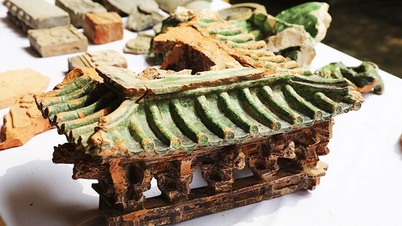

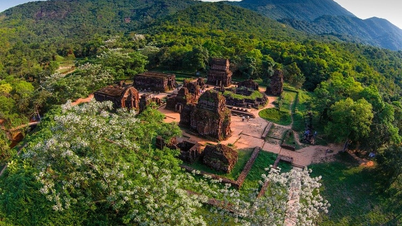

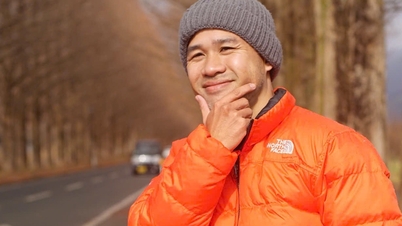
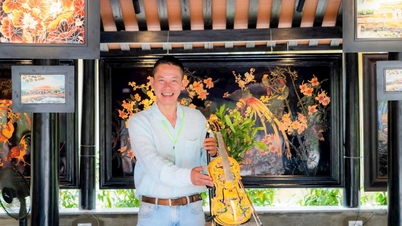

















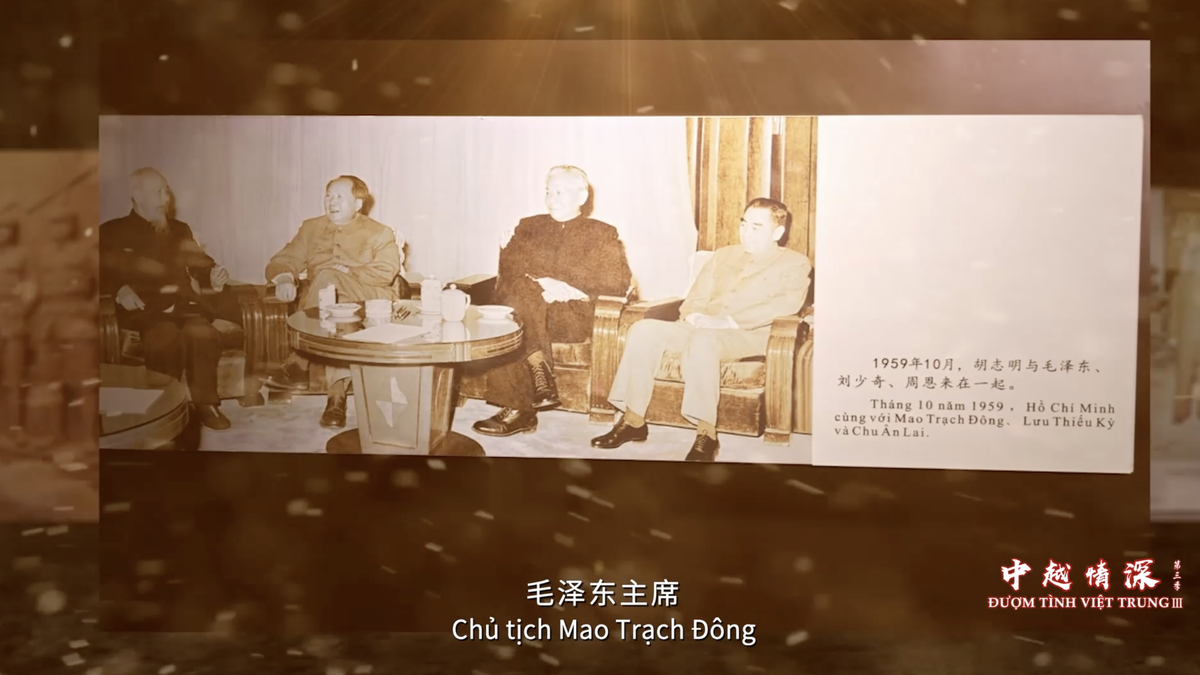

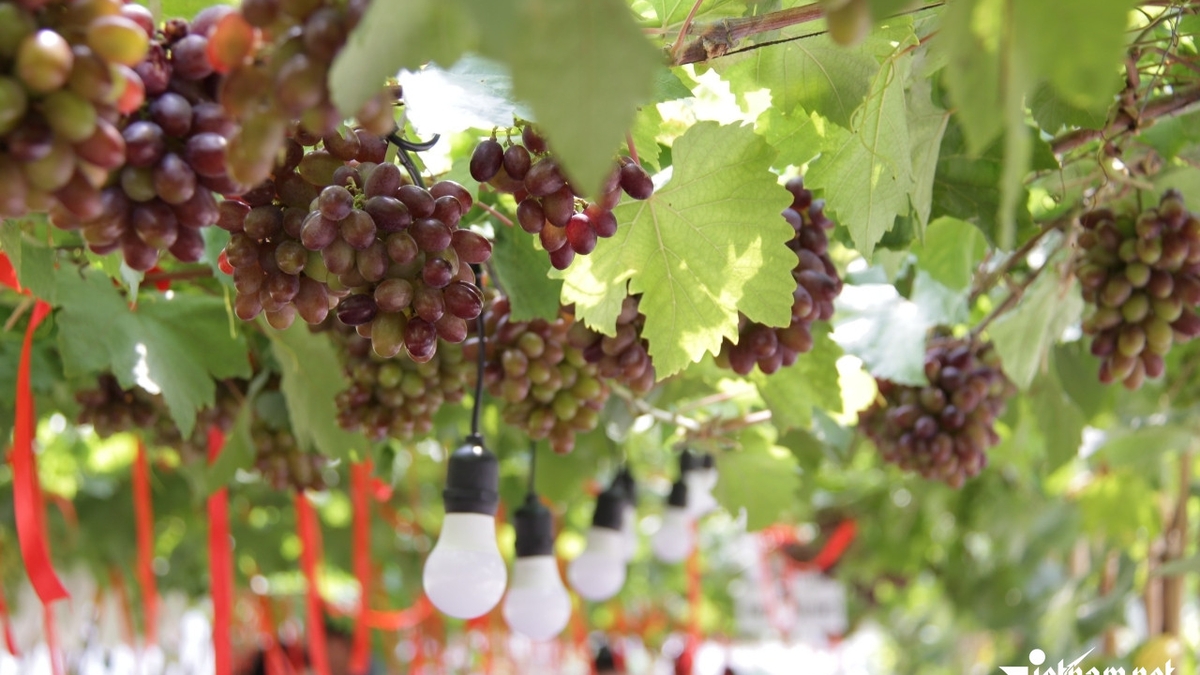
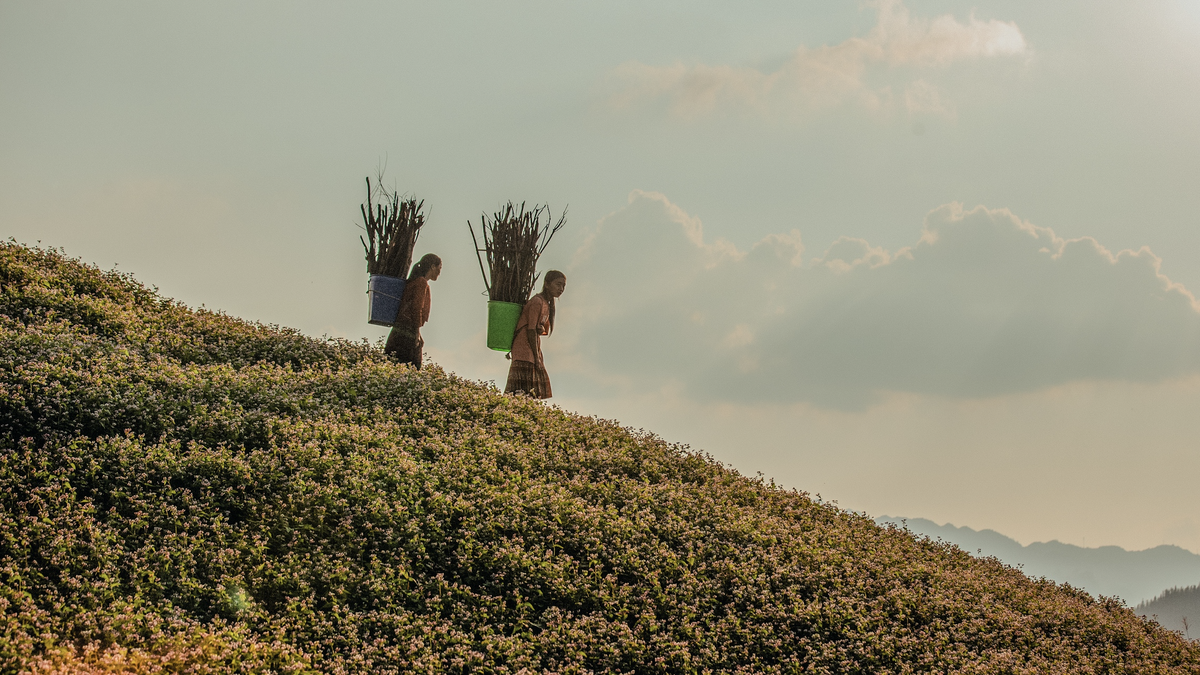









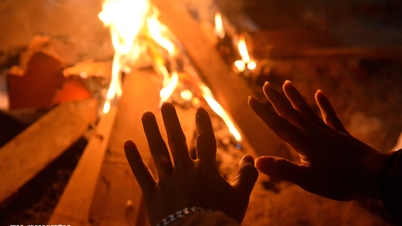



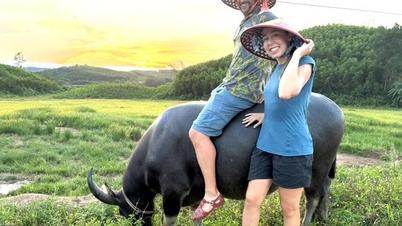





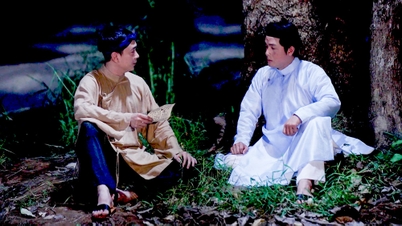





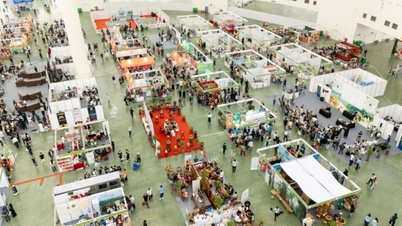
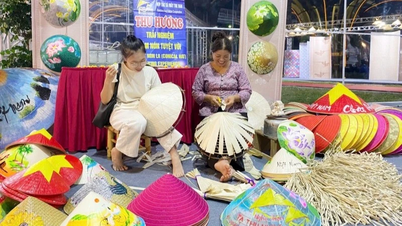


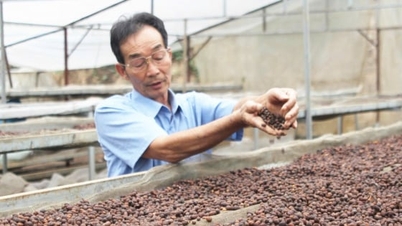




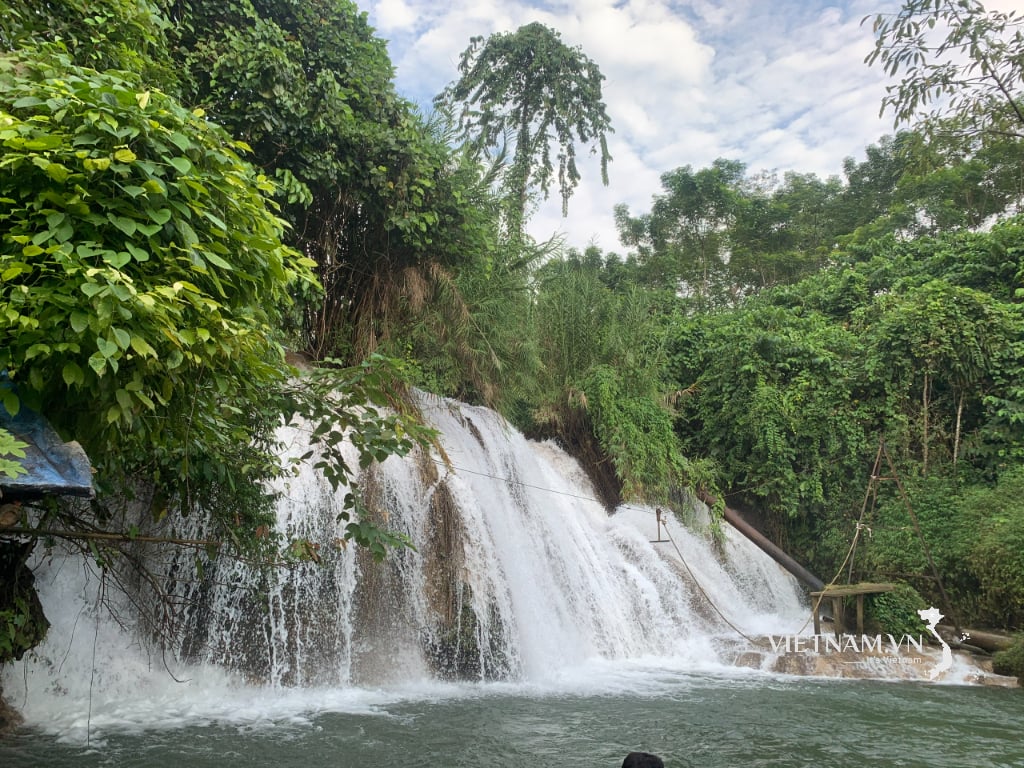



Comment (0)